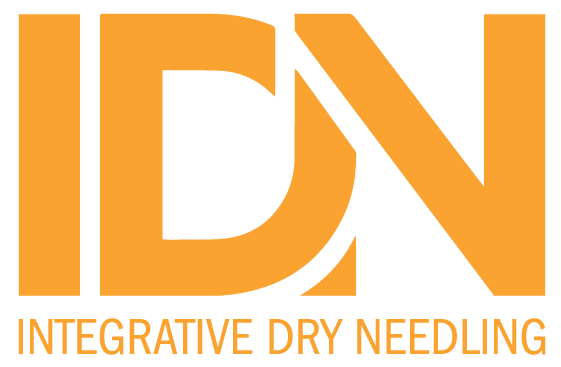J Back Musculoskelet Rehabil. 2023 Jul 3. doi: 10.3233/BMR-220408. Online ahead of print.
ABSTRACT
BACKGROUND: Physical therapists use dry needling (DN) and percutaneous needle electrolysis (PNE) to treat musculoskeletal pain.
OBJECTIVE: To investigate the efficacy of PNE vs. DN in the treatment of musculoskeletal pain.
METHODS: This systematic review and meta-analysis was based on the PICOS and PRISMA protocols. The PubMed, PEDro, Cochrane Library, SCOPUS, and Google Scholar databases were searched for randomized clinical trials measuring pain intensity in various musculoskeletal syndromes using PNE and DN. Pain outcome measures were the visual analog scale or the numerical pain rating scale. Risk of bias was assessed according to Cochrane guidelines and quality of evidence was reported using the Grading of Recommendations Assessment, Development, and Evaluation approach (GRADE). Standardized mean differences were calculated using random effects models.
RESULTS: The meta-analysis of the six included studies showed that the overall effect of PNE vs. DN for pain reduction was statistically significant at -0.74 (95% confidence interval [CI], -1.34 to -0.14) with a large effect size (SMD =-0.41; 95% CI, -0.75 to -0.08), albeit clinically insignificant in the short, medium, and long term. Risk of bias was generally low with moderate-level evidence due to the overall effect heterogeneity and the small sample.
CONCLUSIONS: Moderate-quality evidence showed that PNE is slightly more effective than DN in reducing pain. However, because the results were not clinically significant, we cannot recommend the application of PNE over DN. More high-quality studies comparing the two interventions are needed to draw firm conclusions.
PMID:37458028 | DOI:10.3233/BMR-220408



